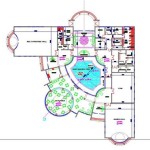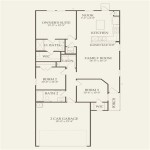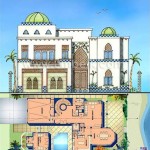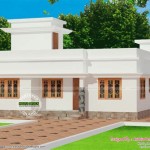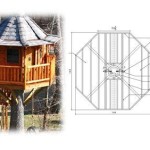Home Plans And Costs: Essential Aspects To Consider
Building a home is a significant endeavor, both financially and emotionally. Understanding the various aspects of home plans and costs is crucial for making informed decisions and ensuring a successful project. This article will delve into the essential considerations to guide you through the planning and budgeting process.
1. Choosing a Plan
The starting point is selecting the most suitable home plan. Factors to consider include:
- Square Footage: The size of your home affects the overall cost and space available.
- Number of Bedrooms and Bathrooms: Determine the required number of rooms based on your needs and lifestyle.
- Design Style: Choose a design that aligns with your personal preferences and aesthetic sensibilities.
- Energy Efficiency: Consider energy-efficient features to reduce future utility costs.
- Resale Value: Think about the potential resale value of the home and the appeal to future buyers.
2. Construction Costs
Understanding construction costs is vital for budgeting. The primary factors influencing costs are:
- Location: Land prices, labor costs, and building regulations vary by location.
- Materials: The choice of materials, such as roofing, siding, and windows, affects the cost.
- Labor: The cost of skilled labor and subcontractors can vary significantly.
- Complexity of Design: Intricate designs or custom features increase construction costs.
- Permits and Fees: Factor in the cost of building permits, inspections, and associated fees.
3. Site Evaluation
The condition of the building site can also impact costs.
- Slope: Building on a sloping lot may require additional grading and foundation work.
- Soil Conditions: Poor soil conditions may necessitate specialized foundations or soil stabilization.
- Utilities: The availability and proximity of utilities like electricity, water, and sewer influence costs.
- Access: Consider the accessibility of the site for construction equipment and materials.
- Environmental Regulations: Adhering to environmental regulations can add to project costs.
4. Customizing the Plan
While stock plans are available, you may prefer to customize a plan to suit your specific needs. Customization typically involves:
- Modifying the Layout: Changing room sizes, adding or removing features, or adjusting the floor plan.
- Incorporating Unique Elements: Adding personal touches, such as custom cabinetry, vaulted ceilings, or special details.
- Expanding the Design: Increasing the square footage or adding additional rooms or levels.
- Upgrading Materials: Choosing higher-quality materials or finishes to enhance durability and aesthetics.
- Consulting an Architect: Working with an architect for a custom design provides greater flexibility and expertise.
5. Estimating Costs
Accurately estimating construction costs is essential for financial planning. Methods include:
- Cost-per-Square-Foot: Multiplying the estimated square footage by a cost-per-square-foot estimate.
- Unit Prices: Breaking down costs into individual units, such as cost per window or cost per bathroom fixture.
- Line-Item Budget: Creating a detailed budget that accounts for all project elements.
- Bid Process: Obtaining bids from multiple contractors to compare prices and find the best value.
- Contingency Fund: Setting aside a percentage of the budget for unexpected expenses and changes.
6. Securing Financing
Financing is typically required to cover the cost of home construction. Explore options such as:
- Construction Loans: Short-term loans designed specifically for homebuilding, repaid once the construction is complete.
- Mortgages: Long-term loans used to purchase and finance the completed home.
- Home Equity Lines of Credit (HELOCs): Loans secured against an existing home, providing access to additional funds.
7. Managing Costs
Managing costs throughout the construction process is crucial. Tips include:
- Comparative Shopping: Get quotes from multiple suppliers and contractors to negotiate the best prices.
- Energy Efficiency: Opting for energy-efficient appliances, insulation, and lighting can lead to long-term savings.
- Site Preparation: Proper site preparation can minimize unexpected costs associated with grading and foundation work.
- Efficient Design: Designing a compact and efficient home reduces material and construction costs.
- DIY Projects: Completing tasks like painting or landscaping yourself can save on labor costs.
Understanding home plans and costs empowers you to make informed decisions and navigate the construction process successfully. By carefully considering the various aspects outlined in this article, you can create a home that meets your needs, fits your budget, and enhances your quality of life.

Est House Plans To Build Simple With Style Blog Eplans Com

How Much Do 3d House Plans Cost Faqs Answered Cedreo

Est House Plans To Build Simple With Style Blog Eplans Com

How Much Do 3d House Plans Cost Faqs Answered Cedreo

Low Budget Simple House Design Plans For Builders Blog Builderhouseplans Com

2024 Cost Of Drafting House Plans Blueprints Homeguide

Home Floor Plan Change Costs Kitchen New Bathroom

500 Square Feet House Plan Construction Cost Acha Homes

Stylish And Simple Inexpensive House Plans To Build Houseplans Blog Com

Floor Planner Cost Hiring Draftsperson Forbes Home

